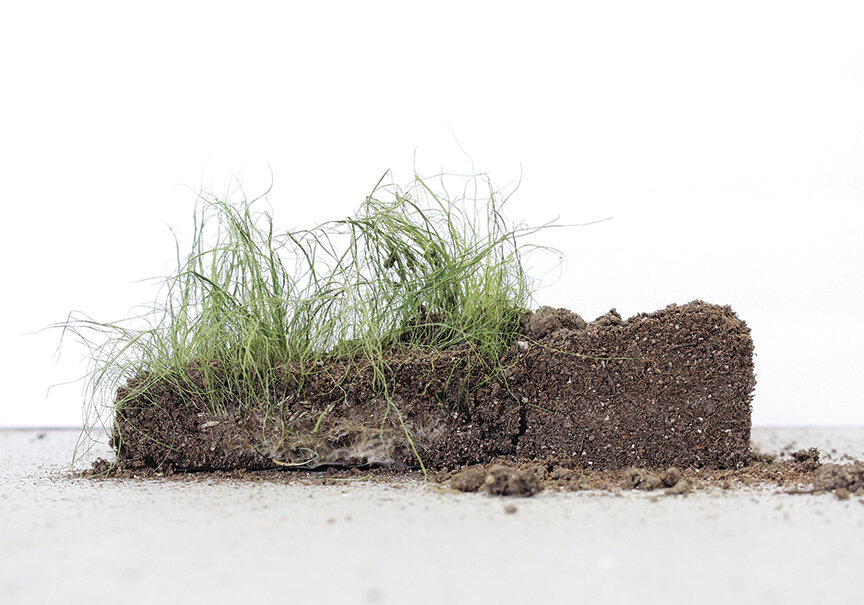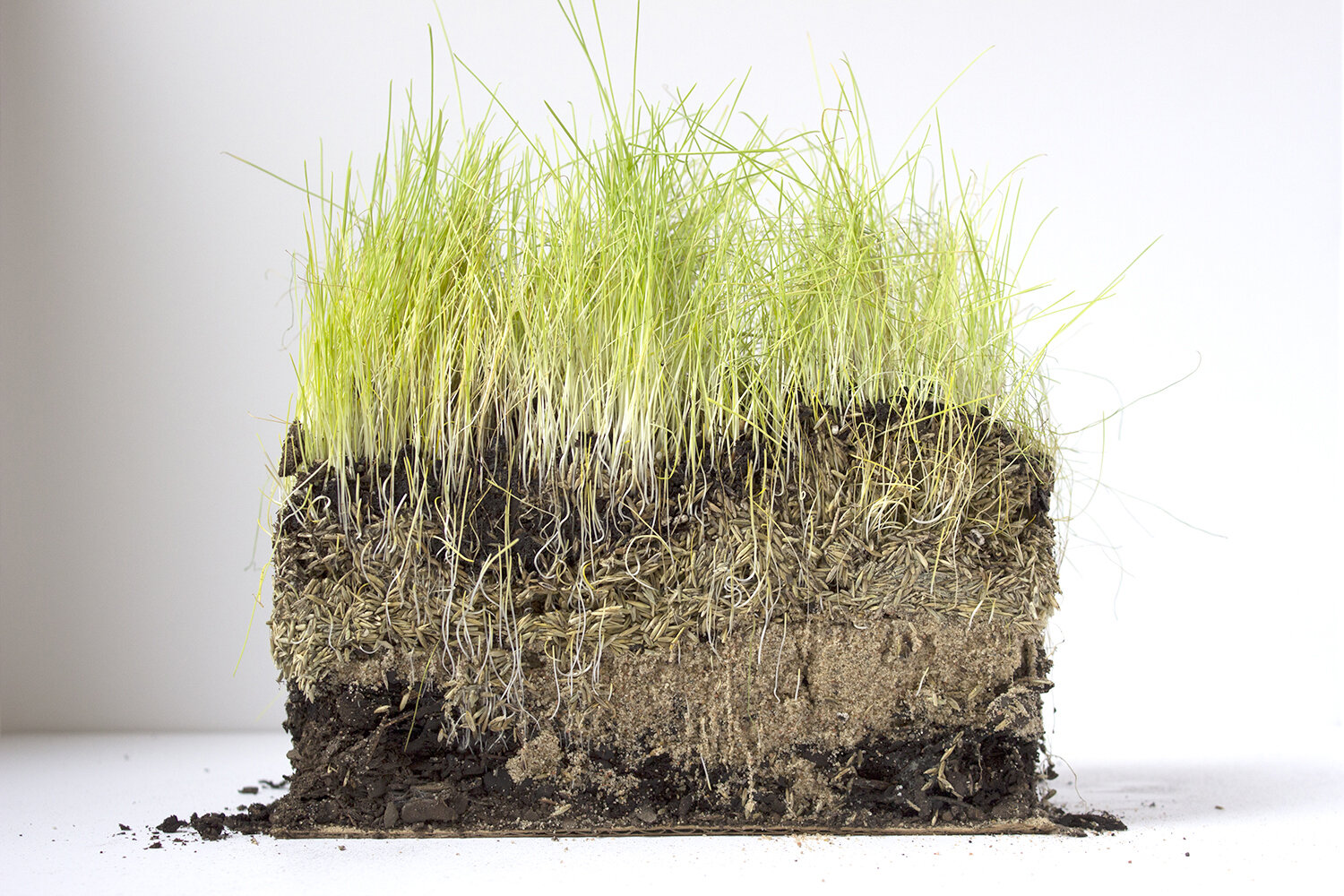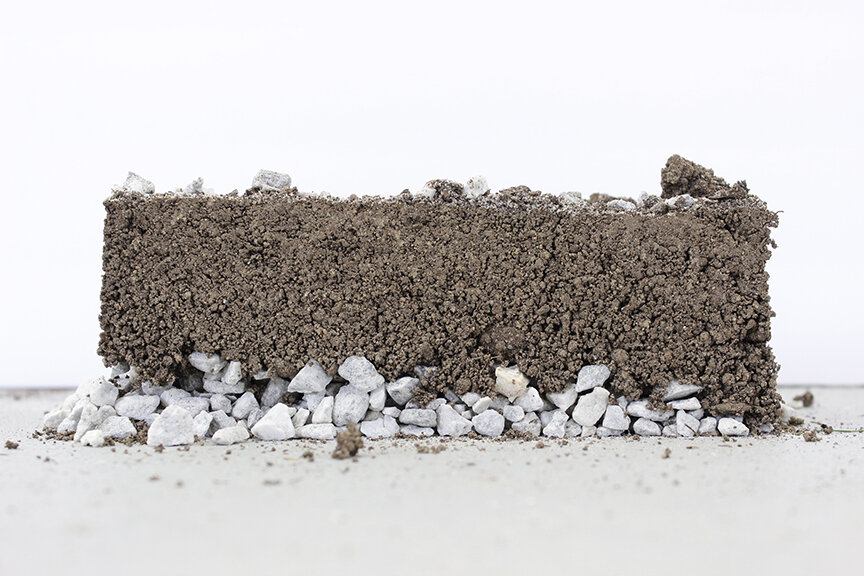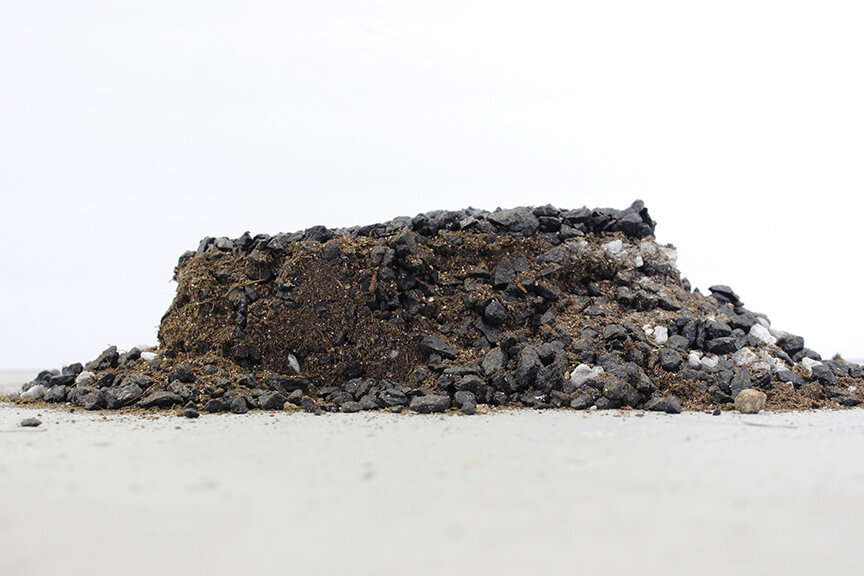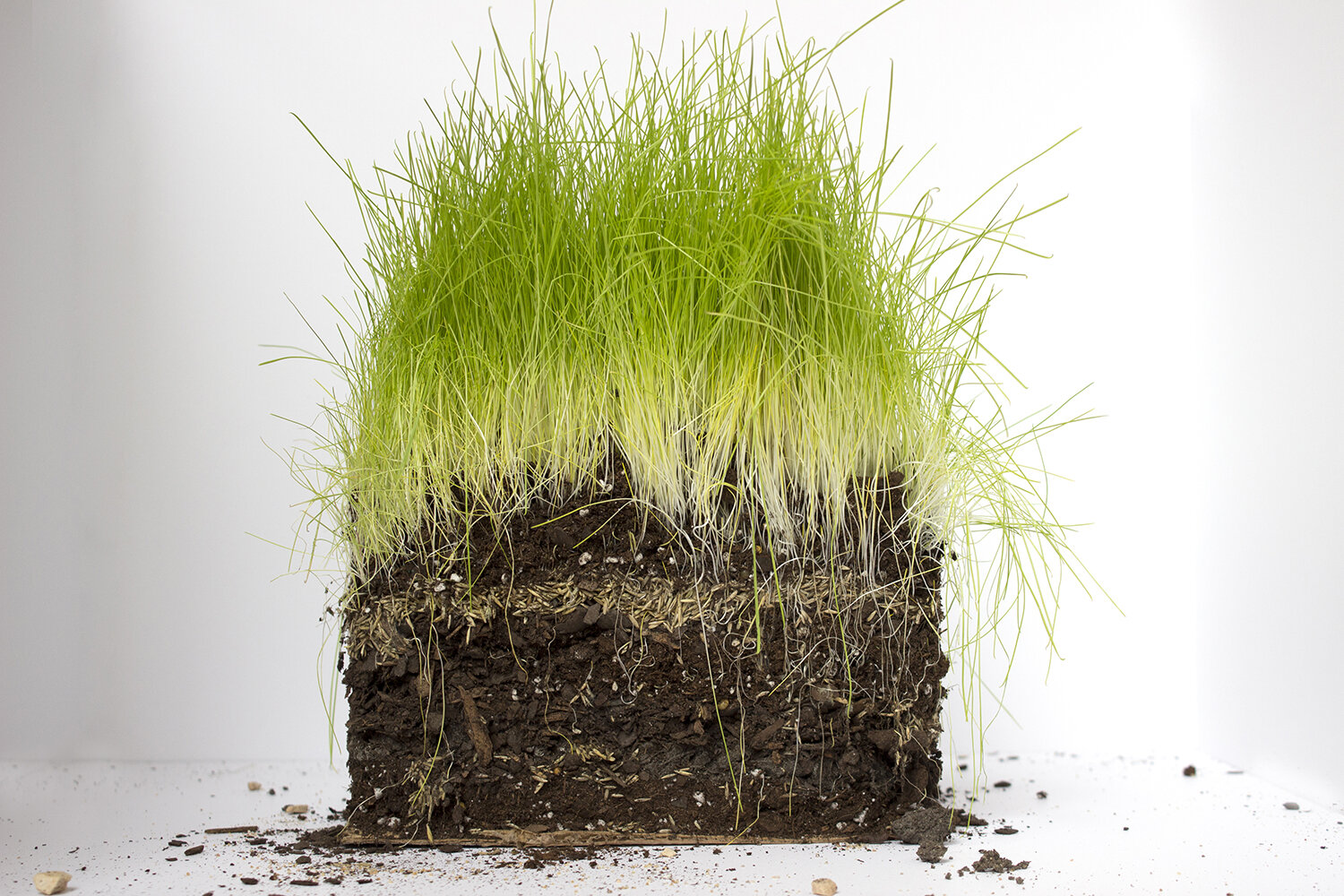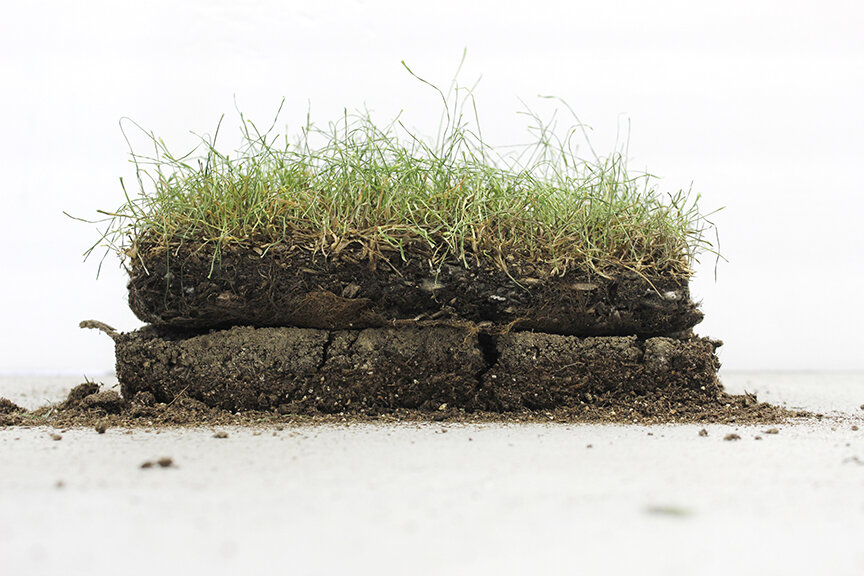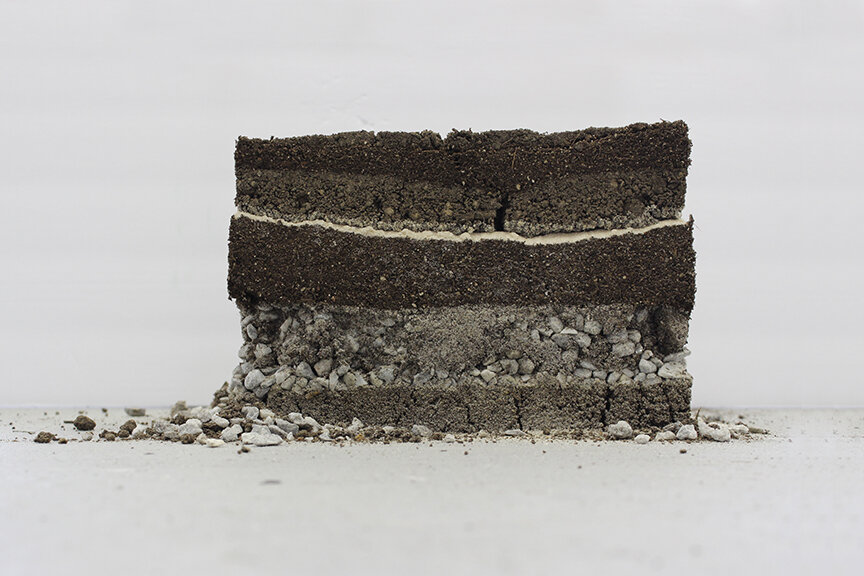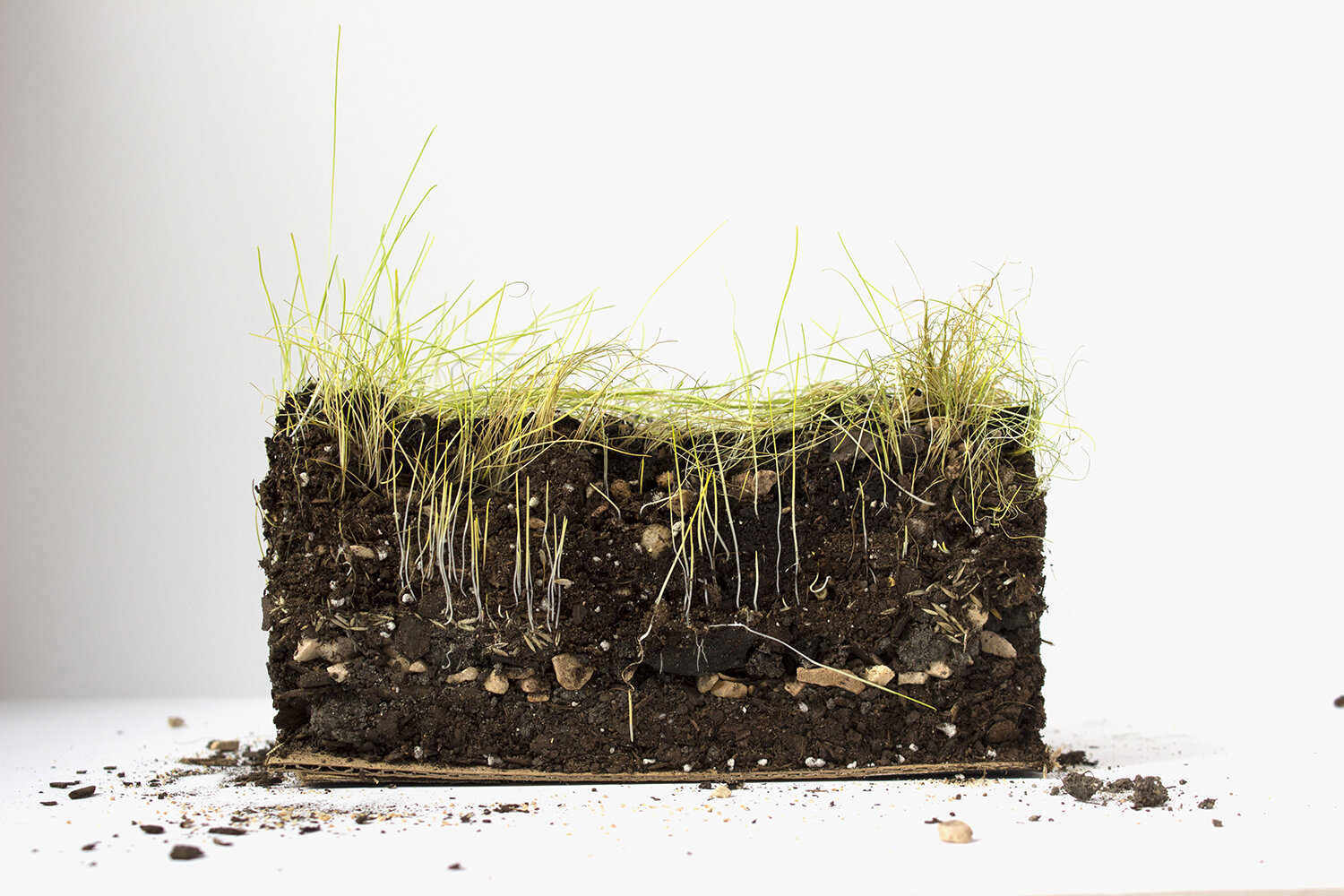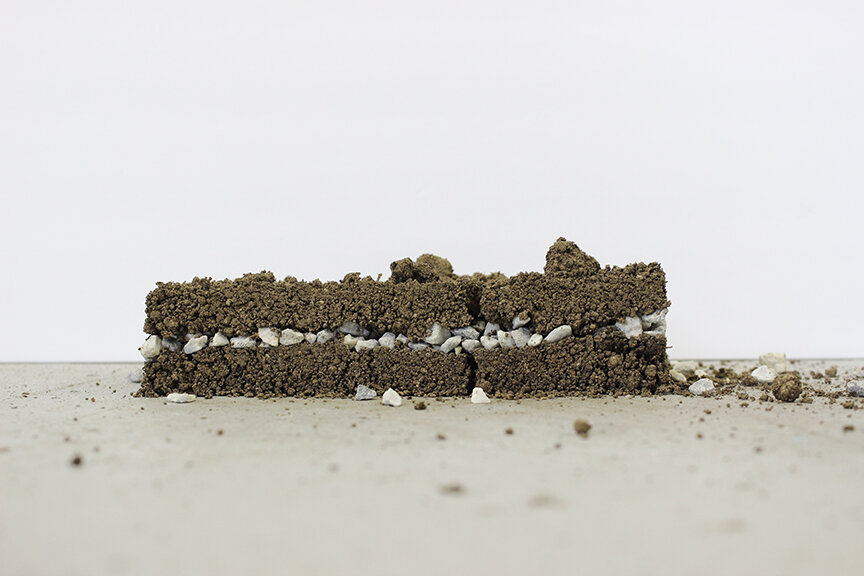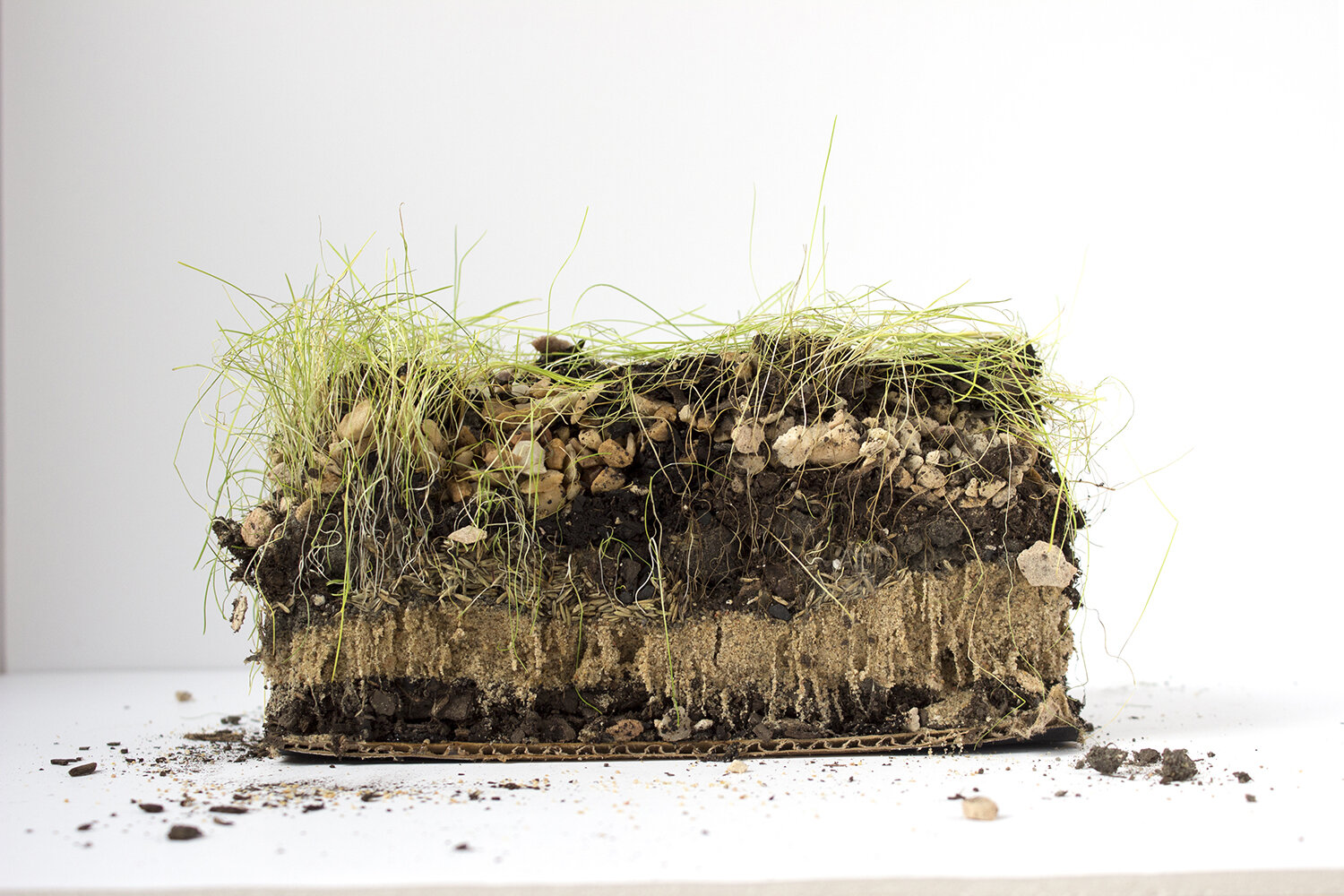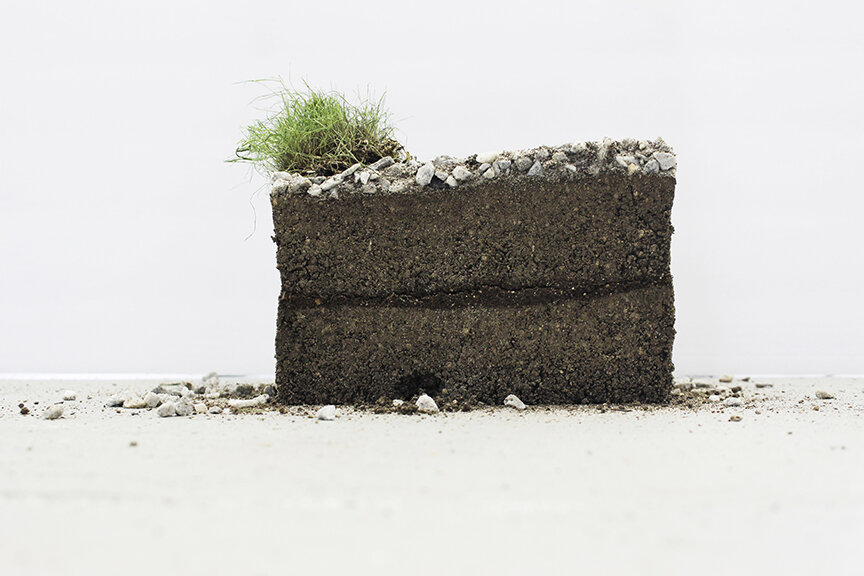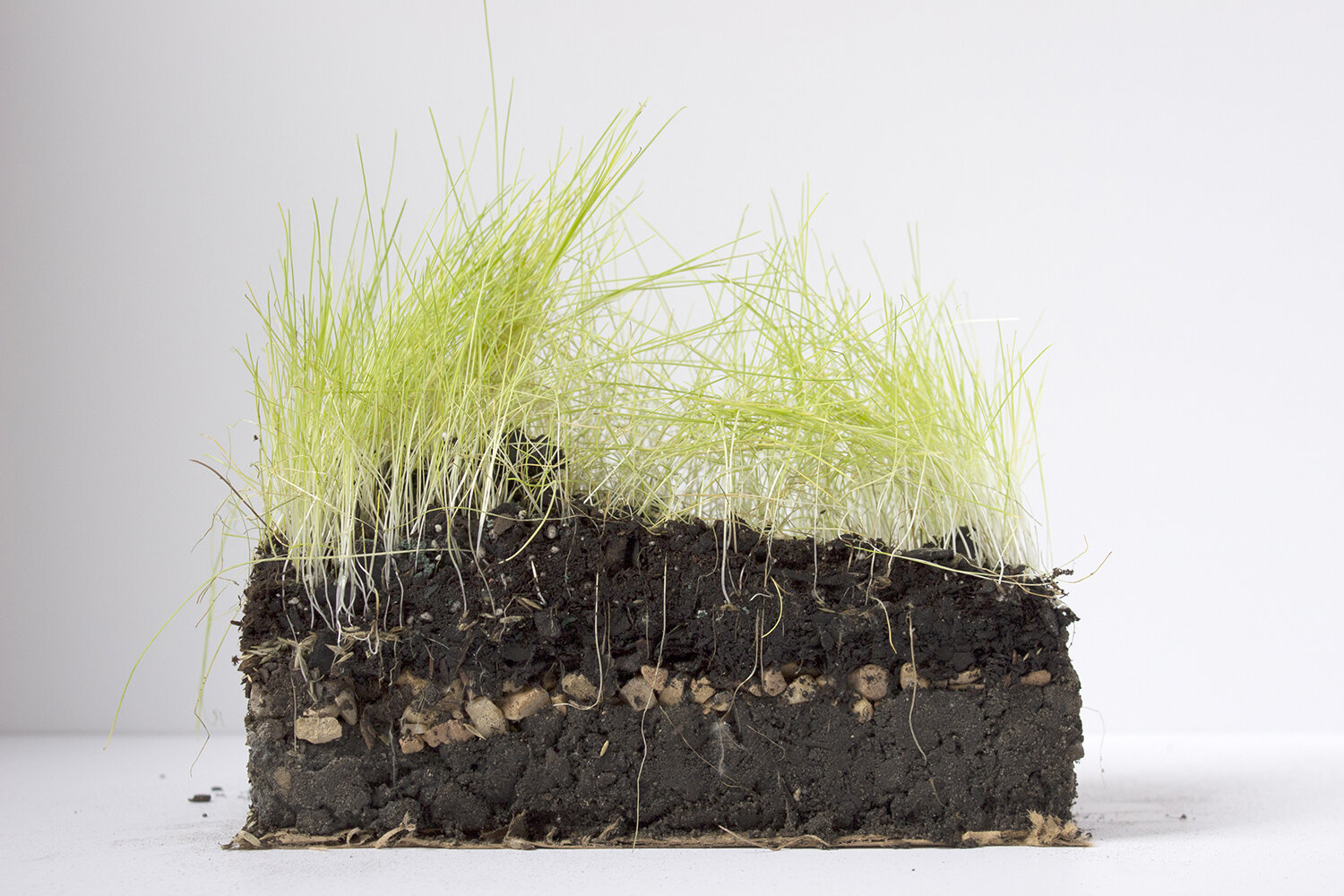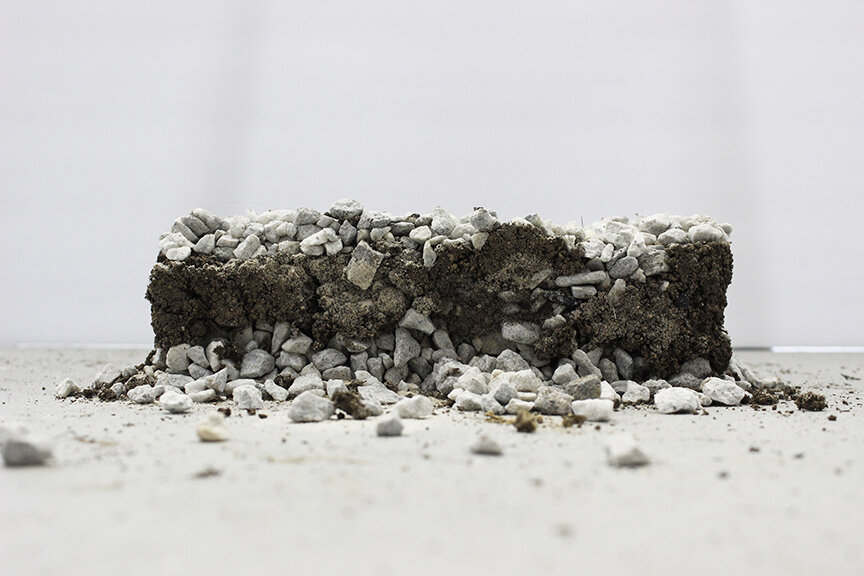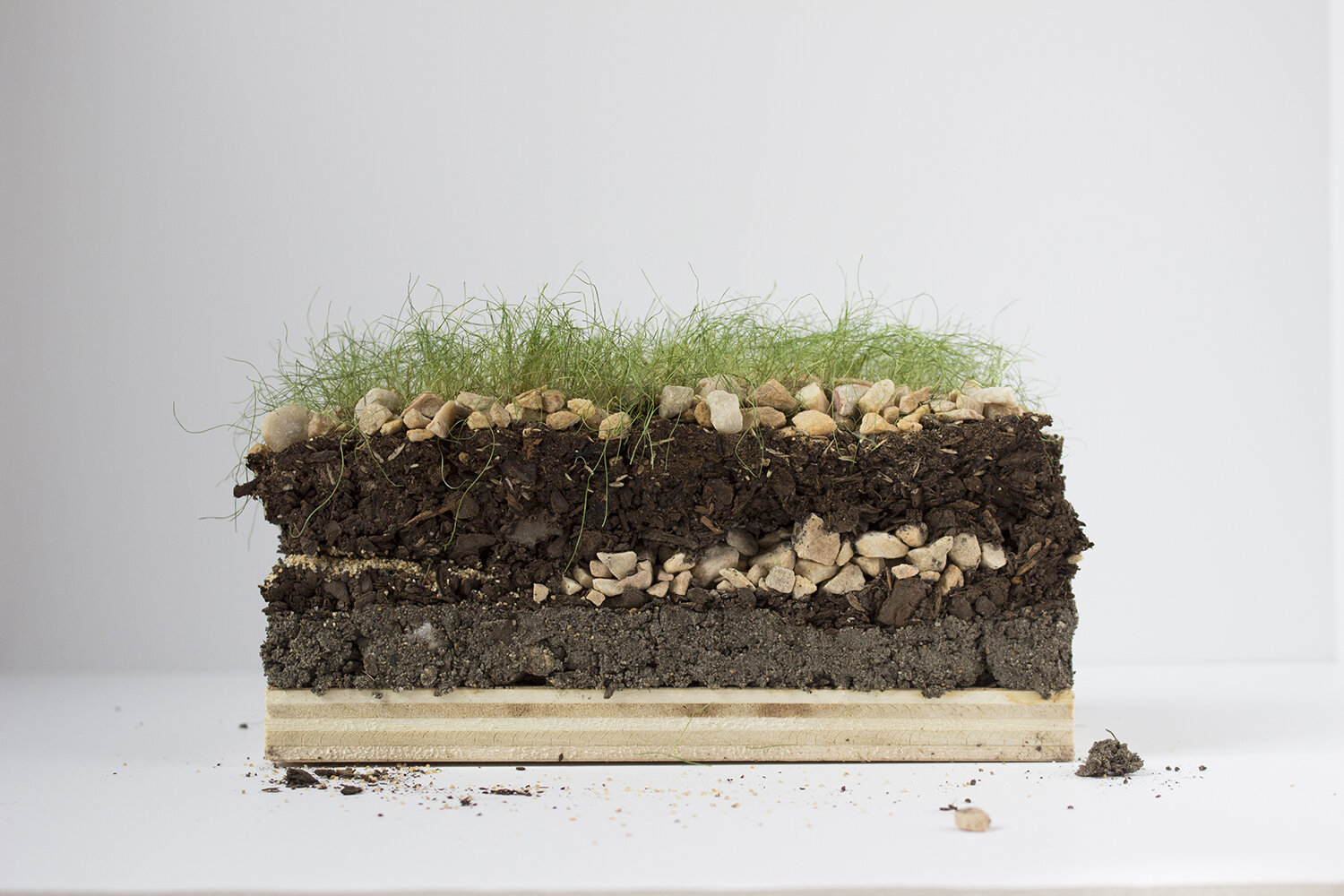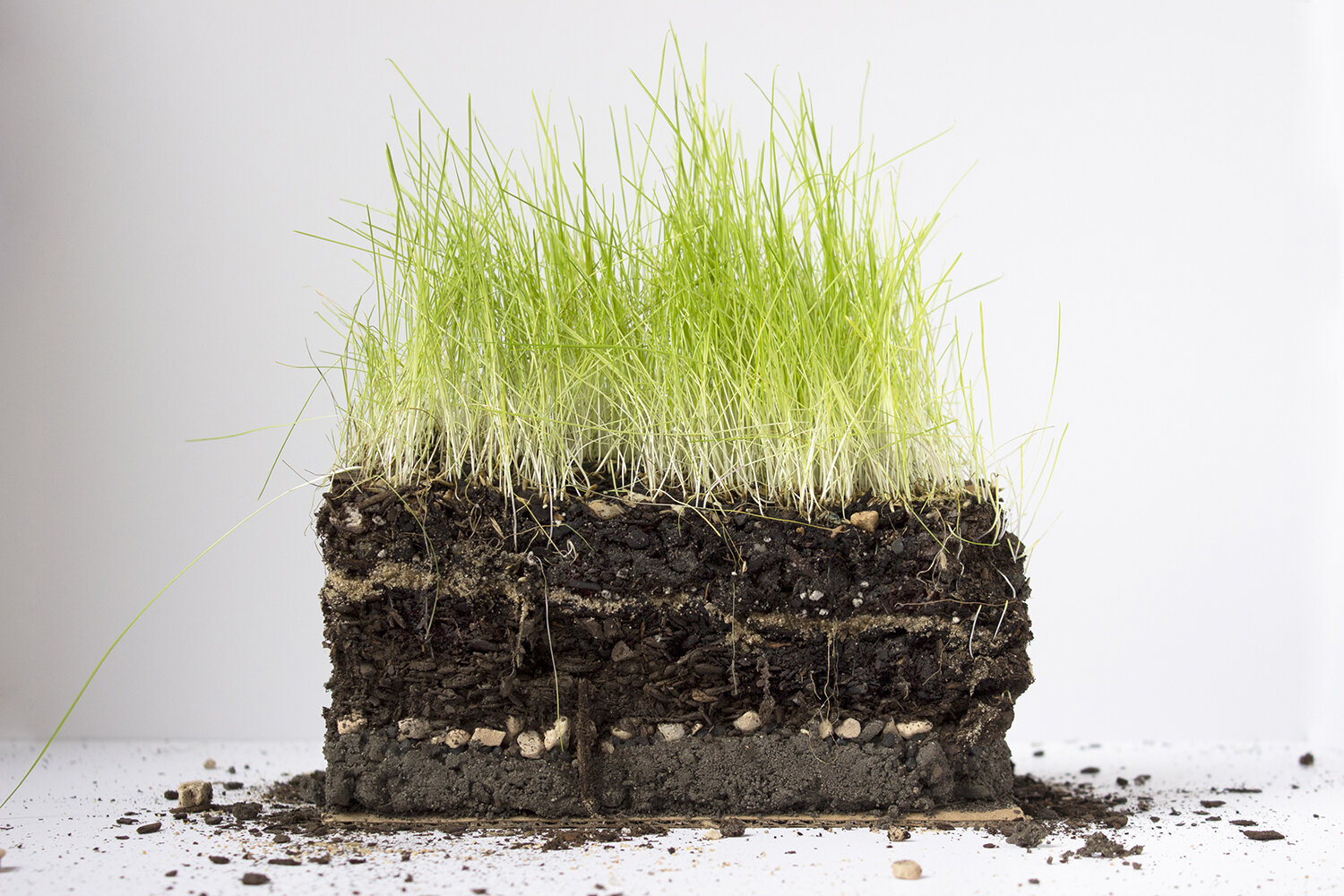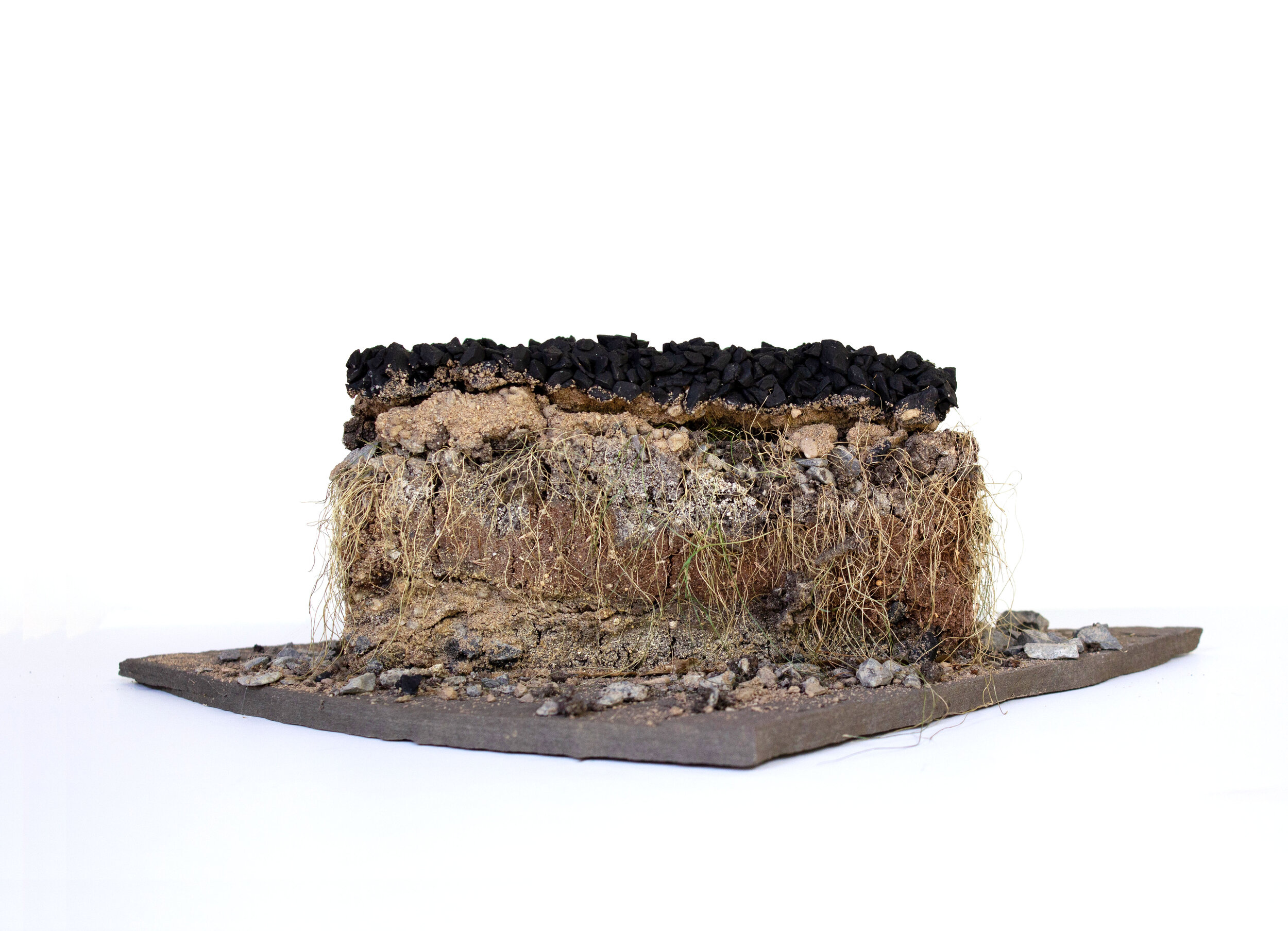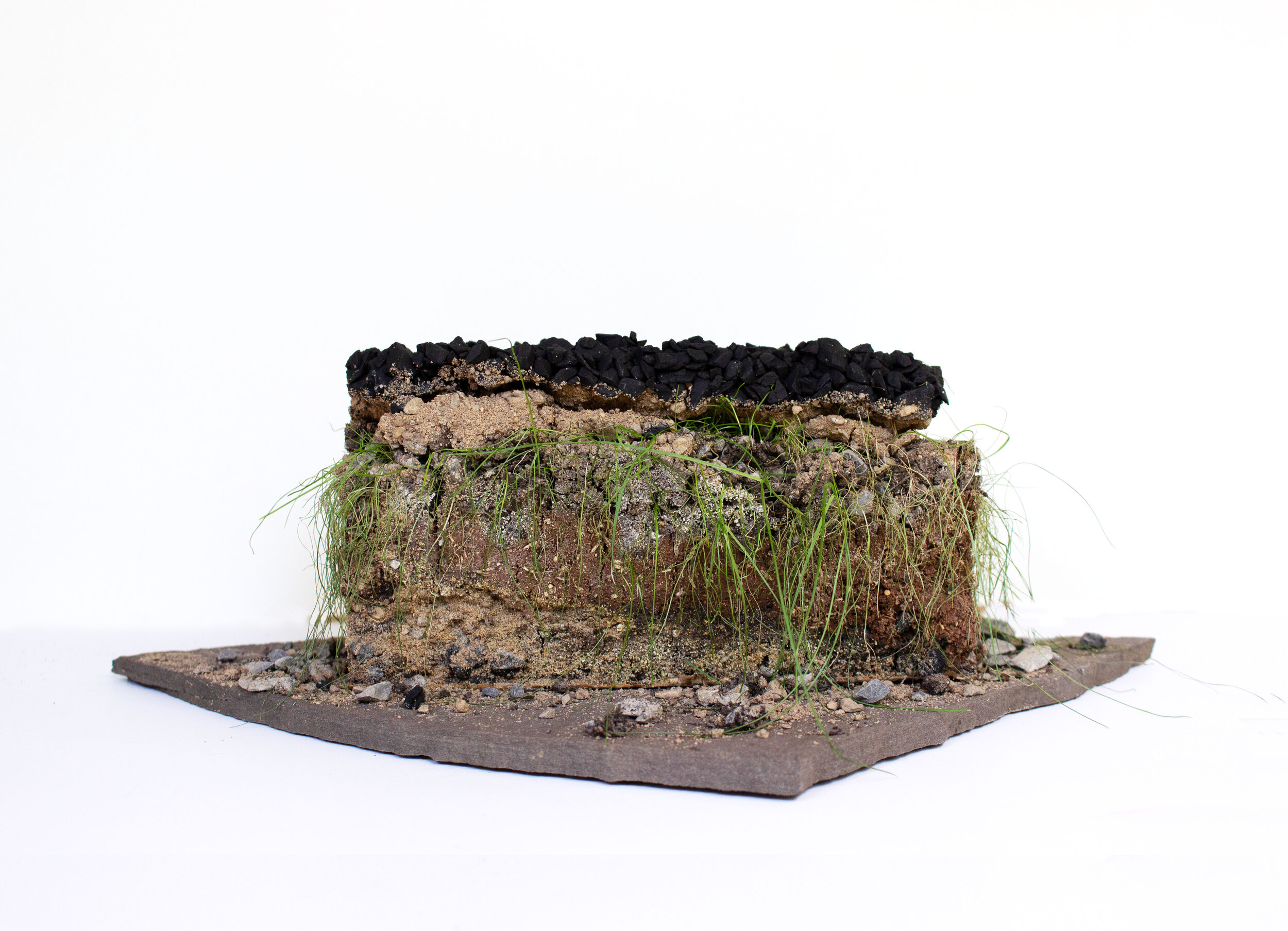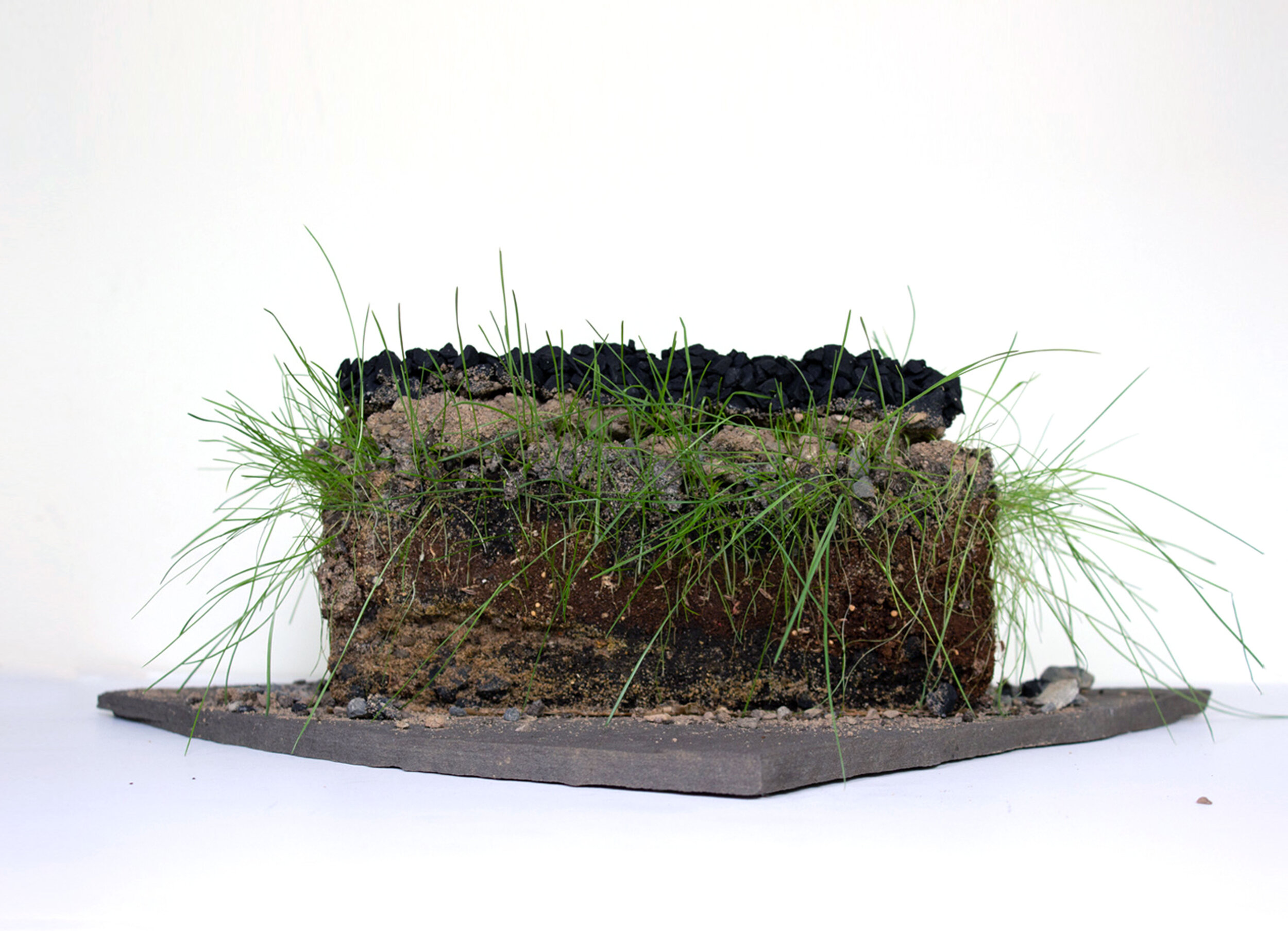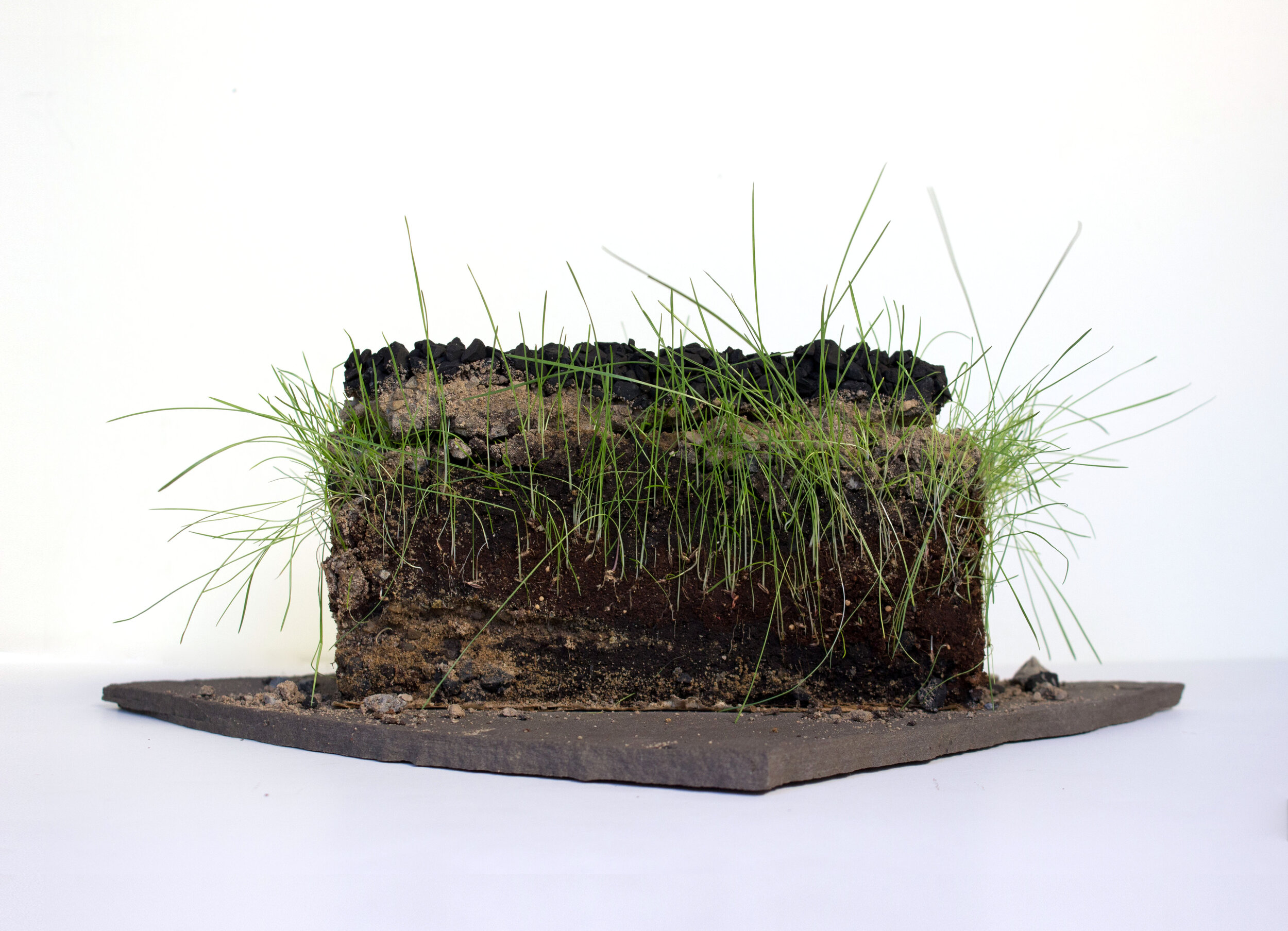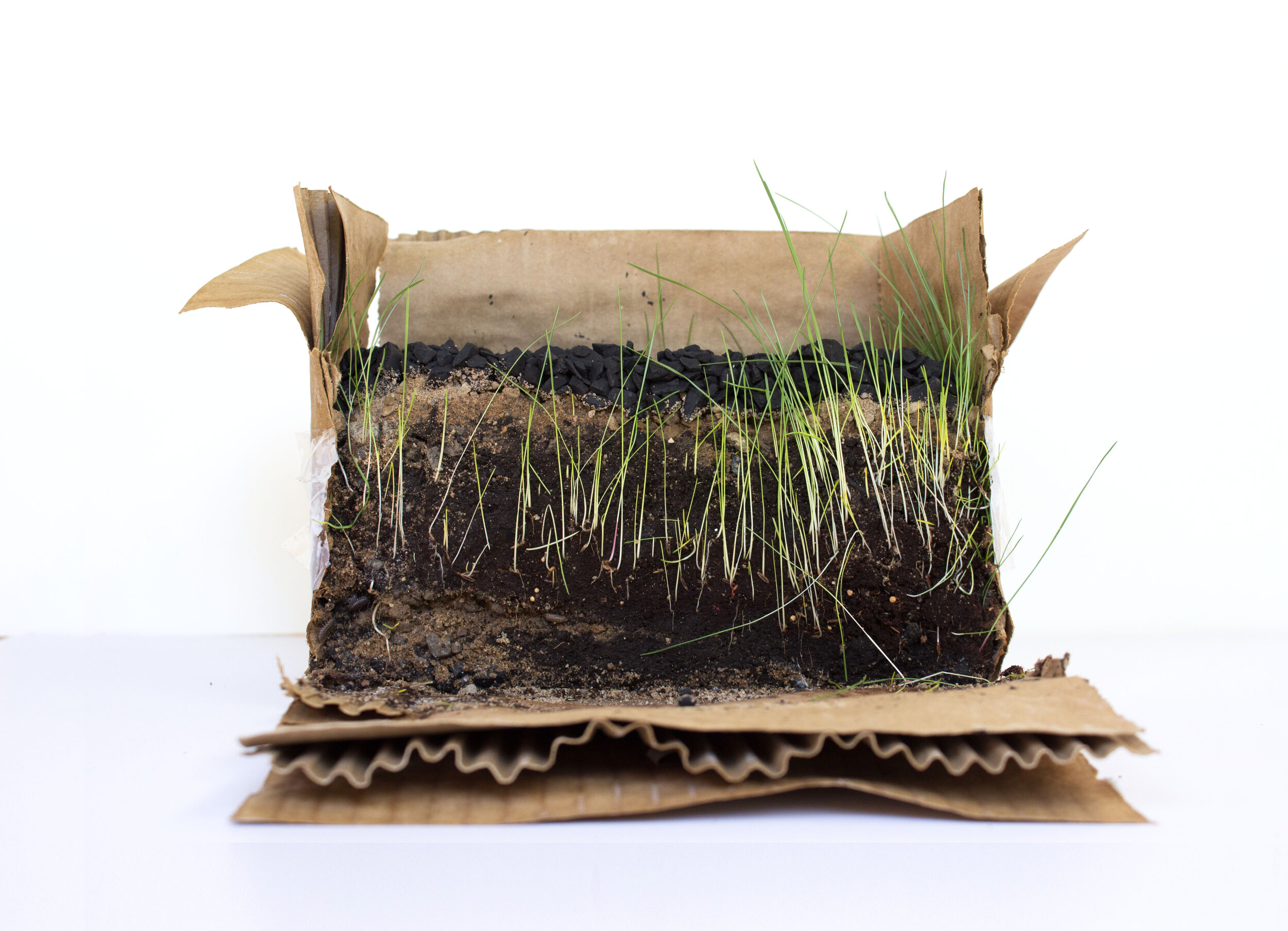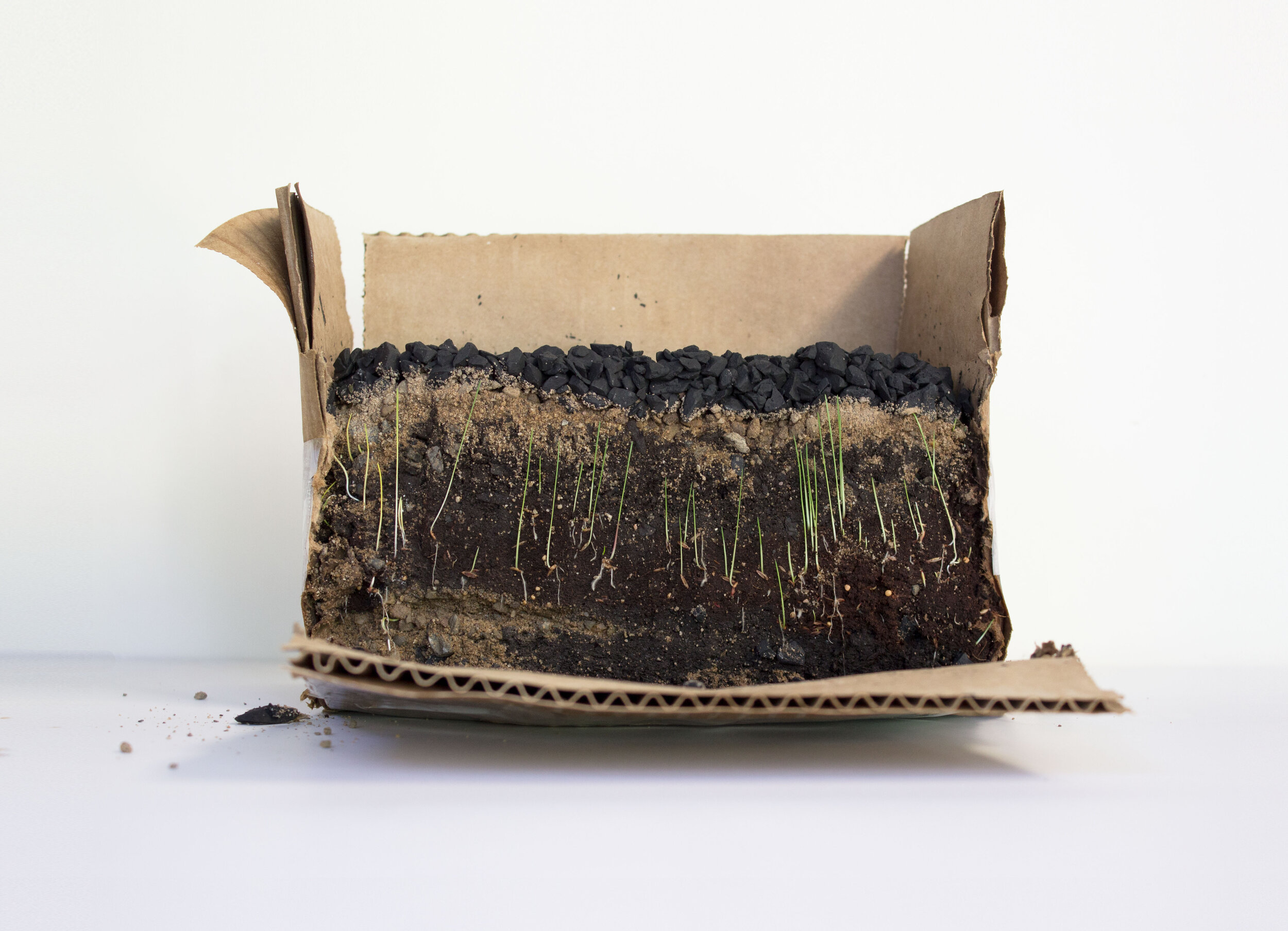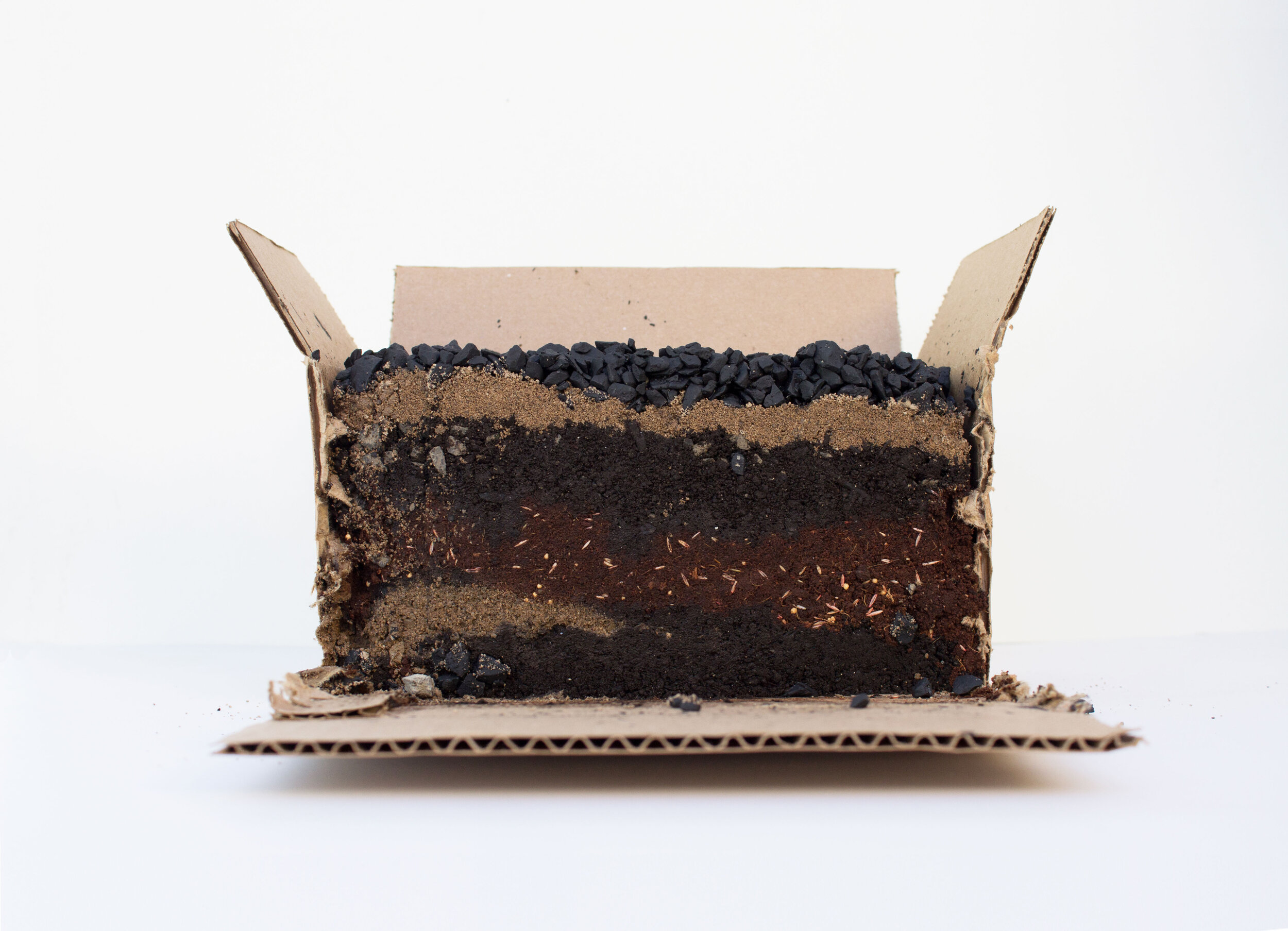Soil for healing,
Earth as Keeper
Earth monuments dedicated for Black lives
Written by artist Ashley M. Freeby
Over the course of producing (un)sterile soil, I have been thinking a lot about mental health and healing with the longevity of trauma. It feels kind of hard not to think about that with everything going on in the world. But as I was lost in uncontrollable tears, the inability to catch my breath, and the overwhelming sense of panic about the smallest task — I was met with my breaking point just a week ago. This resulted in the push back of the final week of (un)sterile soil. The episode has made me realize the importance of the tactile nature that comes from my practice that ultimately has been lacking with (un)sterile soil. The physical making is the healing aspect that makes it possible to keep going. The cleansing that comes with the heartbreaking ongoing research. The research of watching videos, cross referencing data, and reading case files of police shootings involving Black victims. The history of violence against Black bodies. The lineage of trauma weighed on my family and our people.
(un)sterile soil was proposed as an in-person exhibition but due to COVID-19 it became a virtual installation of content. An allocated space for collaborating writers and artists anchored by the work I have dedicated the last five years to. I appreciate the time, energy, and thought each writer or artist took to create new work for this site. A site that will live on as the fight for justice continues.
So much of my work has been about site as witness and the Earth as archive but only recently have I thought about material and process as healing. In March of 2019, when I started my Segment Series, I was attending Vermont Studio Center. During my artist talk I read a letter I penned titled Dear Earth,. In the letter I share my connection to the Earth through the teachings of my father. I write, “My father wore flannel shirts in the summer heat as he tended to your land — using your rich resources to grow bountiful goods. He had such a love for all your offerings and in return he took care of you. On November 15th 2011, six men with six shovels extended their arms in unison and struck a pile of your soil. Using the collection, they each added to a rectangle shaped hole in your surface. My 25-year-old self stood watching as my Black father’s cancer stricken body was safely rested inside of you. As he slowly decays providing nutrients for you I fight to hold onto his memory.” He instilled the idea that the Earth has healing properties when the body meets soil. It wasn’t until after his death that I realized this and from there the Segment Series grew.
Segments are a series of sculptures and photographs each dedicated to a Black body who was shot and killed by police. They mimic the aesthetics of soil profiles — the 4x8 inch brick consists of soil, gravel, sand, and grass seed. Although there is no direct reference to soil from the region where the shootings take place, the custom-layered Earth bricks speak directly to the cycle of human life. Using the method of mold making, one layer at a time, materials are added to a rectangular container. The uncertainty within the process reveals a different design each time — speaking to the individuality of human appearance. Exposed layers of Earth are left vulnerable to any outside contributors that affect their structure — addressing the fragility of life. Grass seeds, a fickle material, are then planted — stimulating life. As germination occurs, the Segments begin crisp and pristine. Growing to their maximum potential before ultimately leading to death. These temporary monuments celebrate and honor Black Americans who have been shot and killed by police officers by connecting their memories to place, time, and nature.
In June of 2020, if COVID-19 didn’t hit, (un)sterile soil would have overlapped with the By the People festival in Washington D.C.. During the festival, 1,156 segments would have inhabited a space in a grid-like cemetery layout. Each of the 1,156 segments would have been dedicated to a Black man, woman, or child who was shot and killed by police from 2015-2019. Aside from being my largest installation to date, it would have been one of the largest memorials dedicated to the Black victims murdered by police officers, an ongoing issue we currently fight for with ongoing protests since the death of George Floyd. A fight that dates back before this current historical movement.
March 7, 1965 Civil Rights marchers met by Alabama state police officers on what has been coined "Bloody Sunday. Pictured here is John Lewis, a fighter of civil right. Lewis recently passed on July 17, 2020. Rest in power Mr. Lewis. Photo by Spider Martin, 1965.
As an artist, I use my passion for making and research to create work that challenges and enters the dialogue around issues I care about. Making segments is a meditative process as my hands mound the soil. I use the values and traditions of my family to make work that investigates the injustices happening to our people on the Earth’s lands for thousands of years. Through the use of data, historical research, and minimal aesthetics I strategically create pleasing objects for my audience to enter the conversation of Black death. We contain the dead out of the realm of the living — often burying them below the horizon in the Earth's compacted layers and unafraid to speak about it. Black death happens at an astonishing rate from police shootings, implicit bias, and racial disparities in the Healthcare industries. My work is ongoing and I’m always left with the question when does it end?
Now in 2020, we see here that a pandemic does not put a hold on or end the systematic racism that has continued for centuries. And so, my ongoing series ends when we can run, we can live, and we can breathe.
Segment 148 is dedicated to George Floyd
Pictured here is segment 148 which has been documented every week for the last 7 weeks to reveal the growth and decay.
more segments
